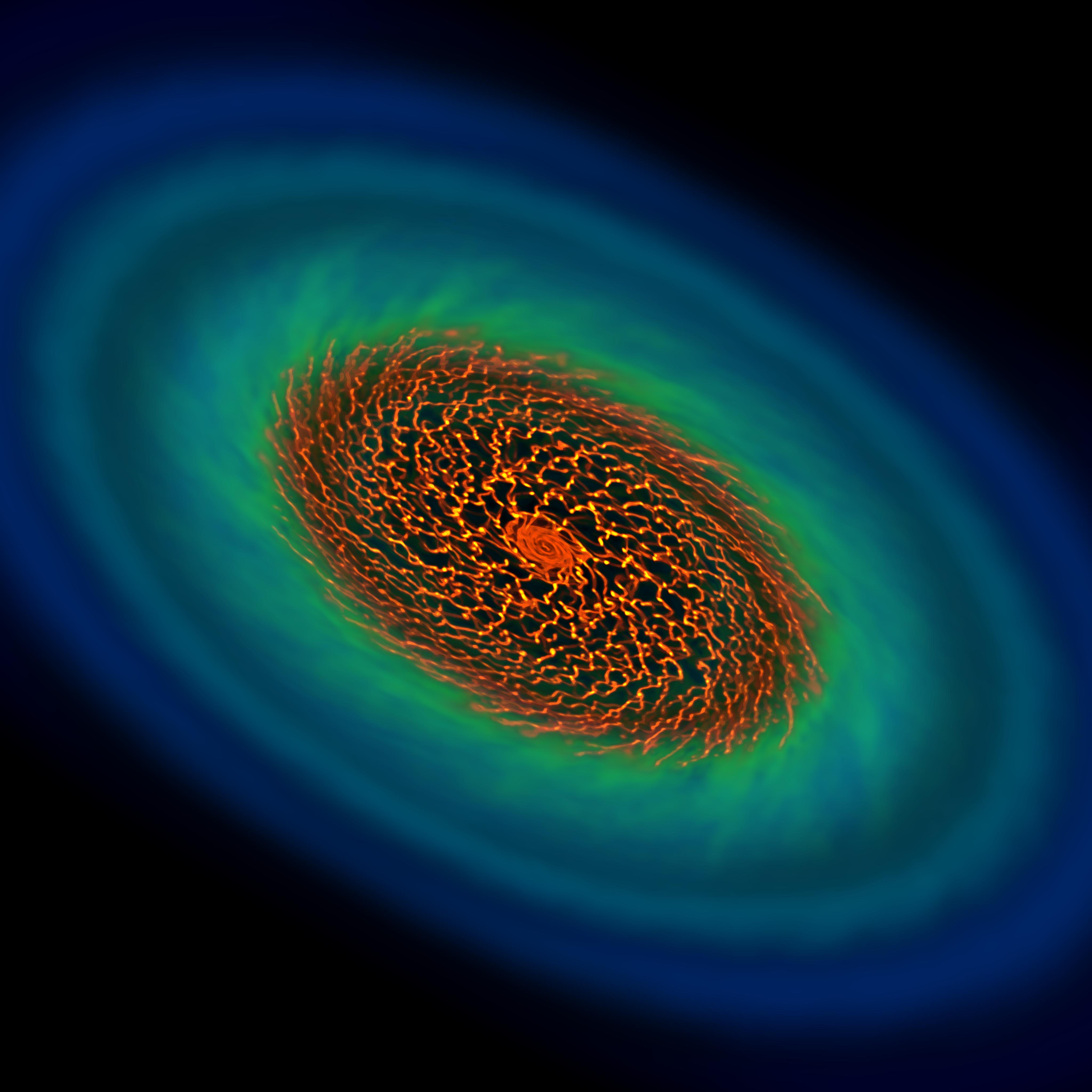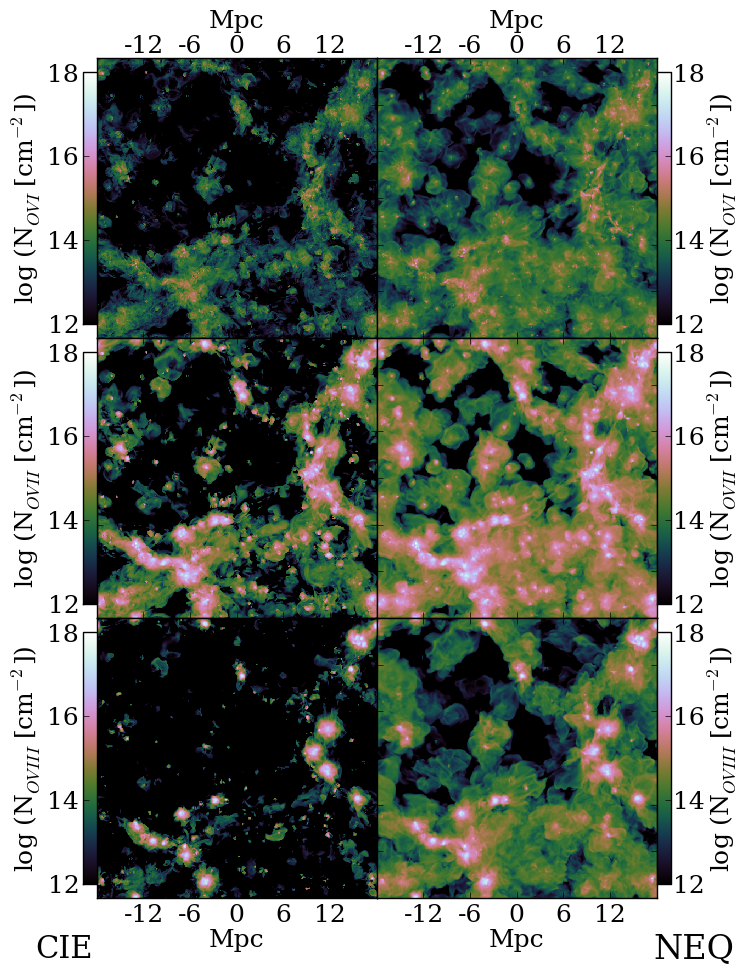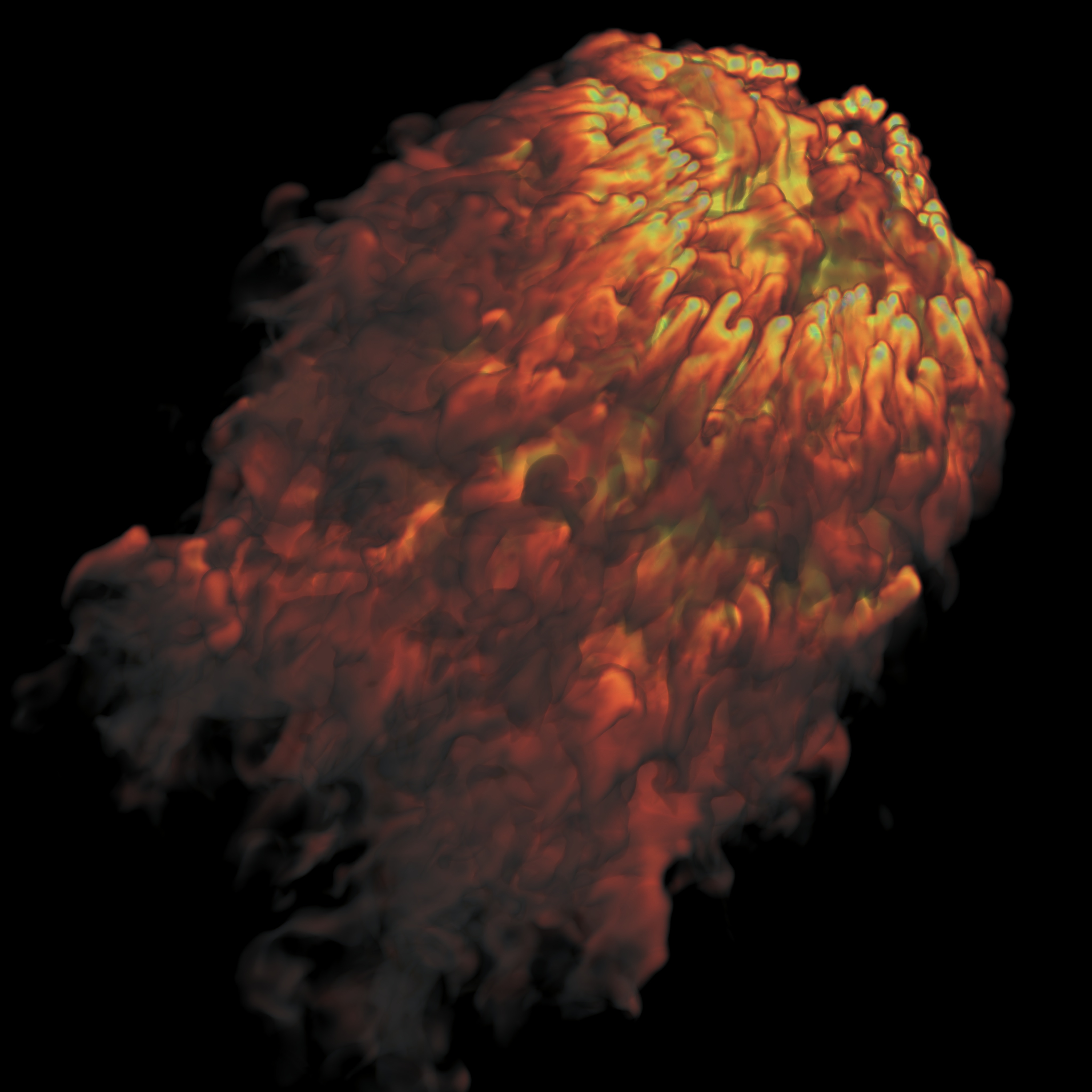Research Interests
With a background in computational astrophysics and a passion for STEM education, I pursue research efforts that allow me to think about the unanswered questions in both of these worlds.
Computational Science Education
The CMSE department at Michigan State was designed to be intentionally interdisciplinary and takes a different approach to teaching computational skills than most traditional computer science programs. As a result, the way that we teach students to program and the goals we have for our undergraduate curricula differ from much of the pre-existing education research literature. To address this, I’ve begun to do work in computational science education research, which I consider distinct from most computer science education research efforts.
Our first substantial effort in this area was a qualitative research study where we conducted a series of interviews with experts from the computational science community, both from academia and from industry. Using the results of these interviews, we developed a set of skills and competencies that we believe our undergraduate students will need to develop in order to ensure that they are successful in acquiring undergraduate research positions and eventually entering the computational science workforce. We intend to publish these results in the spring or summer of 2020 – stay tuned for updates!
The Circumgalactic Medium

Understanding the tumultuous nature of the gas around galaxies is an important component in the our picture of galaxy structure and galaxy evolution. I currently work with a combination of cosmological zoom-in simulations and isolated galaxy simulations to probe the multi-phase structure of the circumgalactic medium (CGM) and the role that galactic “precipitation” plays in regulating galactic star formation and feedback. Recent efforts involves collaborations with the FOGGIE team and Cameron Hummels and Britton Smith, who are my co-developers for the Trident synthetic spectrum generator. Trident provides a mechanism for generating artificial spectra from simulations that can be used to help understand the nature of the CGM. By building tools that more readily enable and “apples-to-apples” comparison between theory and observations, we hope to use simulations as the bridge that connects these two regimes of astronomy.
Previous Research Efforts
Non-equilibrium Ionization Chemistry
Collaborators: Professor Brian O’Shea, Professor J. Michael Shull, Dr. Matthew Turk, Dr. Daniel Reynolds, Dr. Britton Smith
One component currently absent from the extensive publicly available feature list of Enzo is a non-equilibrium treatment of the ionization states of metal species. At present, Enzo users seeking to study the ionization structure of gas within their simulations do so by post-processing their data under the assumption that metals species are always in collisional ionization equilibrium. However, for certain temperature and density regimes, the ionization and recombination timescales for such species become comparable to a Hubble time, leading to the possibility that the gas could be significantly out of equilibrium. This presents a clear need for a non-equilibrium ionization calculations.
Motivated by this need, one aspect of my current work is focused on adding this capability to Enzo. Once complete, it will be possible to track any number of atomic species and their ionization states during simulation run time. This capability is being built using the collisional ionization and recombination rates from the CHIANTI atomic database coupled with the ion-by-ion cooling efficiencies computed by Gnat & Ferland (2012) and, more recently, by Oppenheimer & Schaye (2013) to ensure that the radiative cooling is still being handled correctly. I am also working to incorporate the ion-by-ion photoionization and photoheating rates for a uniform ultra-violet radiation background tabulated by Oppenheimer & Schaye (2013).

To ensure that non-equilibrium ionization chemistry is added to Enzo in a computationally efficient way, I have been collaborating with Dr. Matthew Turk (Columbia University; experienced with non-equilibrium primordial chemistry) and Dr. Daniel Reynolds (Southern Methodist University; experienced with numerical methods and implementing radiative transfer solvers in Enzo). Both individuals are long-time contributors to the development of Enzo. We have been working to develop a brand new open source software package for building and solve complex chemical networks called Dengo. Using the code produced by Dengo, I am working to develop a new module in Enzo that simultaneously computes the ion fractions, heating/cooling rates, and photoionization/heating by a uniform UV background. Once this functionality has been completed and thoroughly tested, I plan to add it to the public Enzo repository.
With the aid of this new module, some scientific questions of personal interest are: What is the true ionization structure of the warm-hot intergalactic medium and circumgalactic medium? What fraction of baryons in the universe reside in this gas phase? How can simulations of these environments be used to interpret current observations and predict the finding of future ones?
The above plot shows the results of a cosmological simulation when you calculate the ionization state of the gas by post-processing the density and temperature and assume the gas is in collisional ionization equilibrium (CIE; left panels) versus performing a direct non-equilibrium calculation during simulation runtime (NEQ; right panels).
If you have questions about the state of this work, please send your queries to dsilvia@msu.edu.
Dust Destruction in Supernova Remnants
Collaborators: Professor J. Michael Shull and Dr. Britton Smith

Part of my past research efforts were focused on the interaction between the reverse shock of supernova remnants and the freshly formed supernova ejecta. The ejecta contained within a supernova remnant consists of gas that has been processed by the core of the progenitor star. Within the stellar core, light elements (hydrogen and helium) have been fused into heavier and heavier elements (e.g. carbon, oxygen, silicon, iron) and at the end of the stellar life cycle these heavy elements (commonly referred to simply as “metals”) are released back into the surrounding environment during the supernova explosion. This metal-enriched ejecta gas is ripe for dust grain formation as it is capable of rapidly cooling to low temperatures and collapsing to high densities – requirements for dust nucleation. It has been theorized that the amount of dust that could be formed by supernovae might explain the high dust masses that have been observed in the early universe.
However, as the ejecta expands outward from the point of the supernova explosion, it impacts the reverse shock of the supernova remnant. The reverse shock is a pressure wave that propagates inward from the expanding shell created by the supernova explosion. When the reverse shock impinges upon the ejecta gas, it further compresses the gas while simultaneously shock heating it to extreme temperatures. Such a scenario could result in the destruction of the aforementioned dust grains.
My work involved studying the ejecta-shock interaction via computational hydrodynamic simulations run on supercomputers at national facilities using the community astrophysics code, Enzo. In these simulations, a dust-rich ejecta cloud is impacted by a planar shockwave with properties expected for a supernova remnant reverse shock. The goal for this work was to quantify the survival rate of dust grains embedded in the ejecta cloud. Understanding the amount of dust destruction that could occur during this interaction would aid in answering the question of dust production at early times in the history of the universe.
The results of this work suggested that, in the most energetic scenarios, some dust grains species would be completely destroyed while even the more robust species had survival rates less than fifty percent. Even in less extreme cases, there was a significant degree of dust destruction, leading to the conclusion that supernovae are unlikely to be the sole source of dust in the early universe.
The above image is a volume-rendered snapshot of the gas density from one of my cloud-crushing simulations. It was created using the python-based data analysis package yt.
To review my papers on this topic, click here. Videos from the simulation data can be viewed here.
If you have questions about this project or about the work that has been completed thus far, please send your queries to dsilvia@msu.edu.

